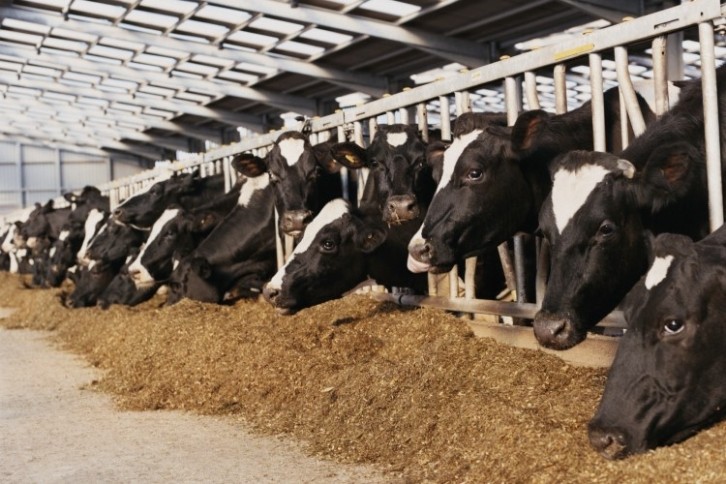US dairy farmers urged to apply for 2024 DMC program

Producers can apply from February 28 until April 29, 2024 and payments could begin as early as March 4 for payments that triggered in January, the USDA said.
The regulations have been revised by the Farm Service Agency this year to allow producers with less than 5 million pounds of production to make a single adjustment to established production history to better reflect current production levels.
In 2023, DMC payments triggered in 11 months, its role proving to be crucial during June and July when the margin fell for the first time in the program’s history below $4.00 per hundredweight. Payments are calculated based on feed and premium alfalfa hay costs to ensure the program is more reflective of dairy producers’ expenses.
The program offers different levels of coverage including a free option for dairy producers who are considered limited resources, beginning, socially disadvantaged or a military veteran. An online tool is available for those who are unsure about which DMC coverage level is appropriate for their operation.
Dairies enrolled in 2023 under a multi-year lock-in contract will have their lock-in eligibility extended until December 31, 2024; they are also eligible for discounted premium rate during the 2024 coverage year. Opting out of multi-year contracts in favor of annual ones can be done during the current enrolment period, the USDA said.
USDA livestock, dairy and poultry analyst Michael McConnell said at the recently-held Agricultural Outlook Forum that US dairy is facing lower feed prices, a smaller herd and strengthening prices at the start of 2024, with annual milk production expected to remain relatively flat at +0.7%. Milk growth per cow is also projected higher than 2023 but not by much and will likely remain lower than the long-term average.
The milk production slowdown has been somewhat offset by higher fat test levels in recent years, however, as producers have been shifting their focus towards improving the quality and amount of components in milk. “The higher fat and skim-solids contents would dampen the impact of slower growth on a milk-per-cow basis for many processed dairy product markets,” the analyst summarized. “This shift is consistent with the long-term trends of milk production tilting more heavily toward the production of processed dairy products - such as cheese, butter, and whey-containing products - rather than fluid milk.”
McConnel said that milk prices are expected to be higher this year due to ‘modest’ increases in production and robust demand from both domestic and overseas markets. He projected that a combination of demand and tighter stocks of fat and skim solids basis would underpin Class II and IV milk prices and raise the all milk price this year. The all milk price is projected to be $20.95 per cwt in 2024, up from an estimated $20.48 in 2023.
The 2024 Class IV milk price is projected to be $20.20 per cwt, up from the 2023 estimate of $19.12 based on higher butter and NDM prices. Class III prices are not expected to increase as much as Class IV due to a projected fall in cheese prices that will offset the projected increase in whey.
Lower milk production is also expected in several key markets for US dairy, including the EU and New Zealand, which could provide business opportunities for US dairy exporters to ship product to key markets. USDA projects dairy exports to be higher in 2024 for both fat (expected to grow at 10%) and skim solids (at 4%).
In butter, strong international prices in early 2024 have made US butter more competitive on the global markets, said McConnel, with US butter prices projected to average $2.77 per pound this year, up from $2.62 in 2023 but down from $2.87 in 2022.
In cheese, prices are expected to decline 4% from 2023, with inventories of American-style cheese larger at the start of 2024 after weaker exports in 2023.
Whey prices are expected to increase at $0.48 per pound, up from $0.36 in 2023 but down from $0.61 in 2022, due to improved global demand which has pushed prices up in the second half of 2023.







